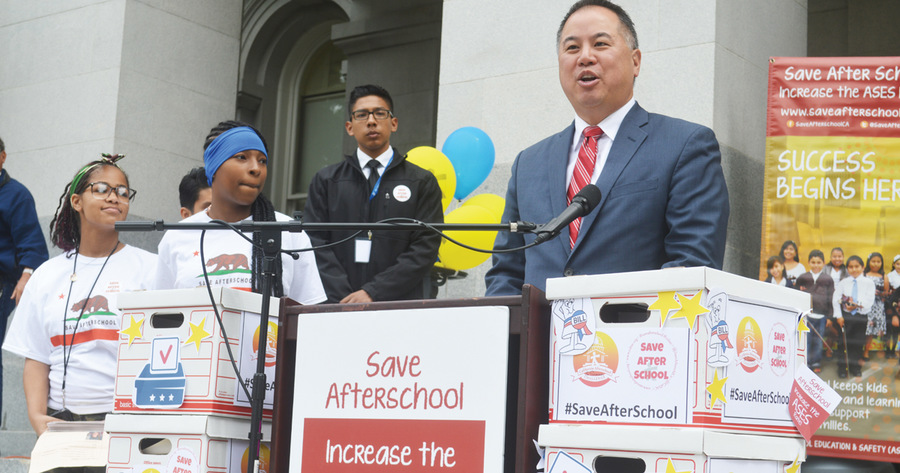Data, research and stories play an important role in effective messaging. Experts from the field offer advice on how to best advocate for your program.
DATA
Successful advocacy appeals to both the heart and the head. There are lots and lots of worthy causes for policymakers, voters and funders to consider—and data can help you show why your cause is the one worth supporting.
Incorporate data into your advocacy messages to demonstrate the magnitude of the problem you seek to address. For example: If funding for a key afterschool program grant is cut, how many families will be affected in your city? Your state? How many parents might have to cut back on work hours to care for kids who would otherwise be in free- or low-cost afterschool?
Data can also show the size of the benefits associated with your proposal. For example: If each youth in your program attends school just two extra days per year, how much revenue does that bring to the district? How many more kids are more likely to graduate, since they are no longer chronically absent?
When possible, use social math to make data accessible and engaging. Social math puts large numbers into greater context, so readers better understand and remember what's written. Tips include using phrases like "one in three families" instead of "33 percent of families" and comparing dollar figures to everyday items, like the price of a latte.
Written by Corey Newhouse, Founder and Principal, Public Profit
RESEARCH
Two decades of leading afterschool evaluation at Policy Studies Associates has made one thing clear: Research does not belong on a shelf! Research is most useful when it sparks conversations and ideas for improvement, and when findings are shared to spread knowledge among staff and organizations.
Here are five tips for using research to advocate for your program.
- Learn from others! Learn from the lessons of peer organizations and other innovative initiatives. Afterschool programs can learn from research on pedagogy, professional development, psychology and other disciplines.
- Pay attention to implementation research! Outcomes are important, but research on implementation can help map a pathway to them. What does research say about effective staff development, or about how to engage youth in learning?
- Share research! Use research to engage in conversations with board members and funders about your program goals. Research can create common ground and help you make the case for your program.
- Use anecdotes! Anecdotes can be powerful ways to demonstrate how your program incorporates research-based strategies. Use stories about your program to illustrate research findings about implementation and effectiveness, and to communicate success.
- Be a learning organization! Reflect on the implications of emerging research and make appropriate shifts in practice and policy. Don't just chase the latest buzz: Stay true to your core mission, but strategically adapt to reflect research-based approaches. This will establish your organization as quality-driven and data-informed.
Written by Christina Russell, Managing Director, Policy Studies Associates
STORIES
Storytelling is the single most powerful communication tool we have. We listen differently when we're being told a story—and that applies to policymakers as well. The Greater Good Science Center shares about the science of storytelling and how stories actually trigger physical changes in the body. Through storytelling, we activate the emotional side of our brains—and we change hearts and minds. Stories help people gain understanding and find points of connection, and become inspired to take action. It's through telling stories that we bring our truths to light and we bring data to life.
Not sure where to start? Engaging in advocacy is a uniquely empowering way of telling our stories. These ideas can be built into youth voice and social awareness curriculum, as well as family engagement. Try a few tips and check out the great resources available at www.AfterschoolAlliance.org.
- Use a phone to capture a short story and post to social media. Don't forget to tag your legislators.
- Hold a storytelling session with youth and families. Consider turning it into a town hall and invite legislators to listen.
- Start a blog where students write their stories to share with legislators. Maybe submit a few as an op-ed in your local newspaper.
- Collect short stories from youth and families on postcards. Then, deliver them to your legislator.
- Invite legislators to visit your program and have youth and families tell their stories.
Written by Ruth Obel-Jorgensen, Executive Director, California School-Age Consortium
This article originally appeared in the Summer 2017 issue ofAfterSchool Today magazine, the official publication of NAA.

